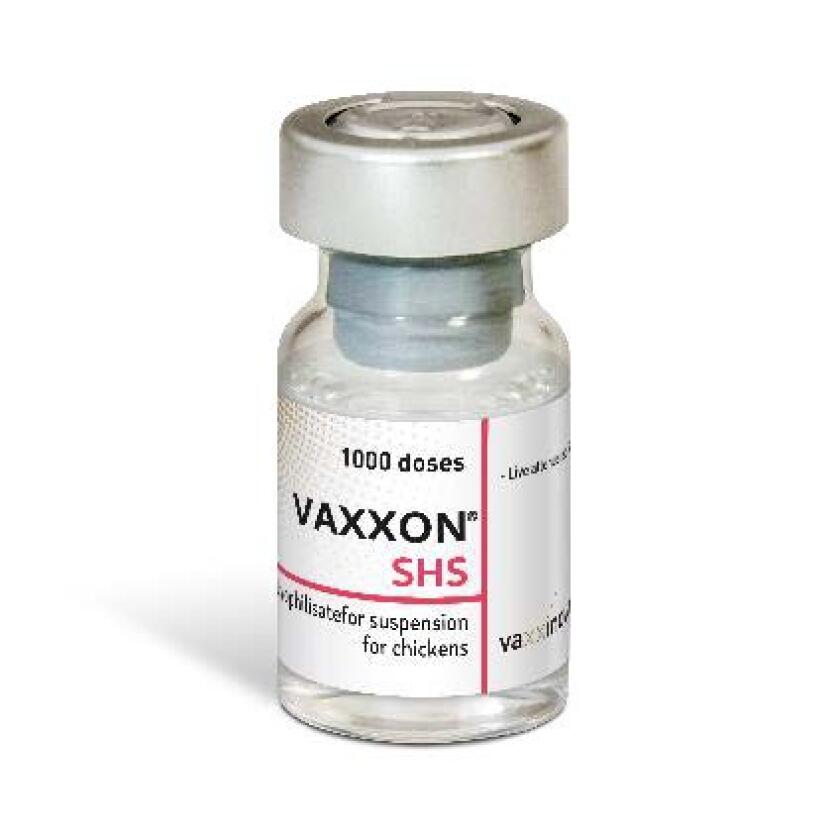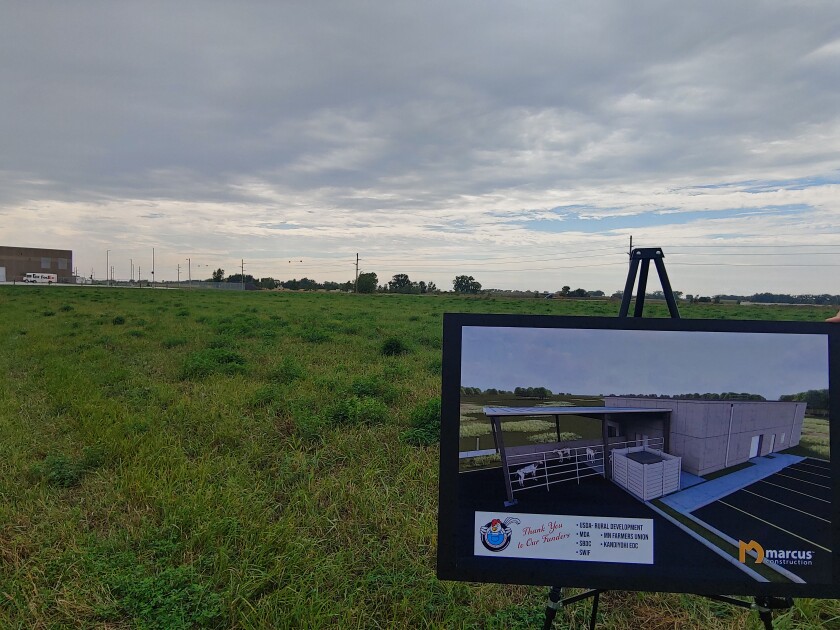WILLMAR — After a flock of 114,000 birds was found by the U.S. Department of Agriculture to be infected with the highly pathogenic avian influenza as of Oct. 11, more cases have been found in Minnesota in the past two weeks.
On Oct. 24, the Minnesota Board of Animal Health reported a flock of 53,000 turkeys in Kandiyohi County had been infected. The infected flock has been quarantined as of Oct. 19.
ADVERTISEMENT
Other west central Minnesota reported cases of avian influenza include an infection of another Meeker County flock totaling more than 71,000 birds reported Oct. 13; and an Oct. 18 outbreak in a flock of 8,853 birds in Redwood County.
Statewide, infections have been found in Blue Earth and Becker counties.
According to the United States Department of Agriculture, Minnesota has a total of 330,000 affected birds. This makes up around a third of the reported 0.93 million birds affected nationwide. The majority of these infections have come from commercial flocks.
The Minnesota Board of Animal Health has recommended farmers take precautions to ensure their birds remain healthy. This includes reviewing biosecurity measures, and contacting veterinarians if any symptoms are found in a flock.
Symptoms include:
- Decrease in feed or water intake;
- Swelling or purple discoloration of head, eyelids, comb, wattle and hocks;
- Decrease in egg production;
- Sudden unexplained death;
- Extreme depression;
- Very quiet;
- Difficulty breathing.
Quarantines have been placed around the reported flocks. Farmers within an area extending 10 kilometers from these flocks must meet control area standards. Currently, control areas include northern Kandiyohi County, eastern Meeker County and northern Redwood County, with some extending into neighboring counties.
Avian influenza commonly arises in the fall between September and April, according to Minnesota Board of Animal Health data.
ADVERTISEMENT
For more information on avian influenza or to check if you are within a control zone, check the Minnesota Board of Animal Health website.






















